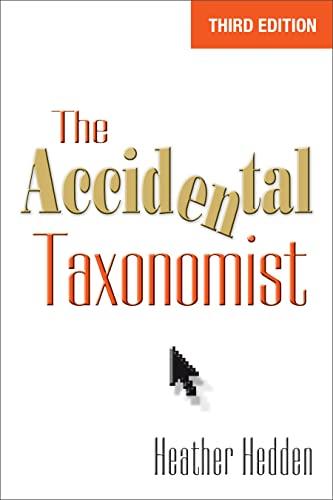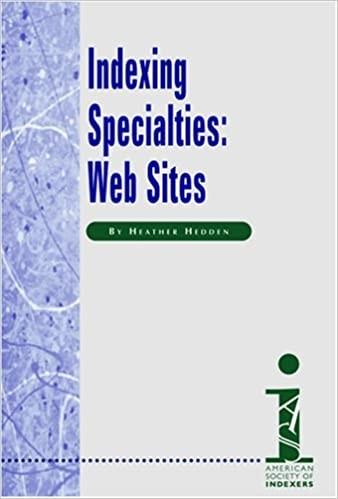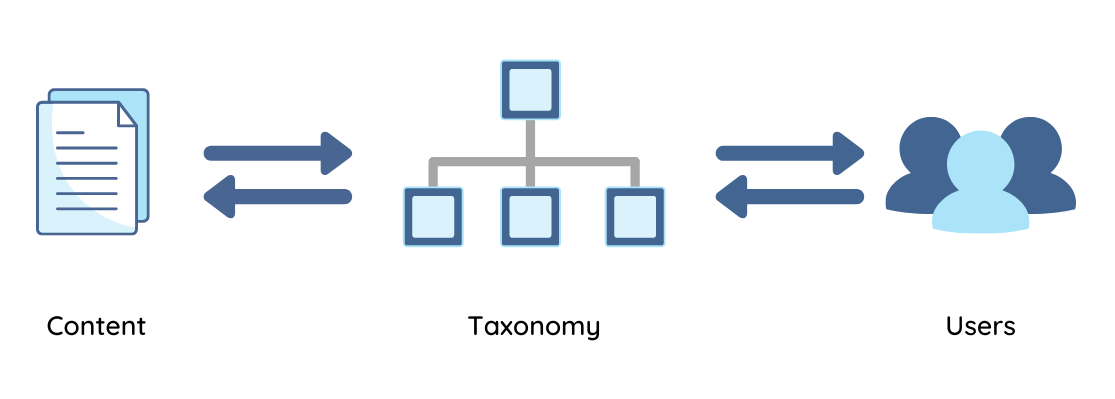Lucidea’s Lens: Knowledge Management Thought Leaders Part 29 — Heather Hedden

Stan Garfield

Heather Hedden designs, creates, and edits taxonomies, thesauri, metadata, and ontologies for indexing and tagging content to support content retrieval, search, and findability.
She trains others to create taxonomies and wrote the book The Accidental Taxonomist, now in its third edition. Heather is a frequent presenter at many of the leading conferences on taxonomy, search, and information architecture. She is based in the Boston area.
Current Positions
- Data & Knowledge Engineer, Semantic Web Company (SWC) 2020 – Present
- Taxonomy Consultant and Instructor, Hedden Information Management, 2004 – Present
Education
- Princeton University, M.A., Near Eastern Studies, 1987 – 1990
- The American University in Cairo, Center for Arabic Study Abroad, 1988 – 1989
- Cornell University, B.A., Government (comparative politics and international relations), 1983 – 1987
Profiles
Books
The Accidental Taxonomist, 3rd edition

Indexing Specialties: Web Sites

Videos
Conferences
- The Knowledge Graph Conference
- IAC (The information architecture conference)
- Taxonomy Boot Camp
- Bite-sized Taxonomy Boot Camp London
- Enterprise Search & Discovery
- Enterprise Search Summit
Other Content
- LinkedIn Posts
- LinkedIn Articles
- The Accidental Taxonomist Blog
- Hedden Information Management
- Articles
- SlideShare
Metadata and Taxonomies
Metadata and taxonomies are distinct but related, and both are very important for making information, data, and content easier to manage and find.
Metadata is really standardized data about anything with shared attributes that needs to be organized and retrieved. These could be documents, spreadsheets, presentation files, images, multimedia files, or specialized files, such as engineering drawings. The documents and digital content tend to be content within an information system or file system. This is not limited, however, to database management systems, but includes content management system, document management system, digital asset management systems, authoring and publishing systems, collaboration systems, intranet systems, and workflow and project management systems, in addition to those that are forms of database management system, such as customer relationship management systems and product information management systems.
Taxonomies are organized arrangements of controlled terms/concepts that are associated with content to make it easier to find and retrieve the desired content. People use taxonomies to find the concepts they want and not just have to rely on keyword matches, which sometimes are inadequate or inaccurate. Taxonomies are often thought of as classification systems, such as those used in libraries, research collections, government statistics, or manufacturing specifications. While taxonomies have their origins in classification schemes, they have been adapted and thus go beyond the limited uses and formalities of such schemes. Taxonomies can be customized to a set of content, the needs of its users, and the requirements of a system and its user interface. We are all familiar with taxonomies for browsing for products in ecommerce websites, but each online store has a different set of products and thus a different taxonomy.
Taxonomies: Connecting Users to Content

Taxonomy Uses
Functional Uses of Taxonomies
- Browsing: If taxonomies are presented as displayed hierarchies, users can view browse to find and select a desired concept and then the retrieve content tagged with it.
- Searching: Users can enter words or phrases into a search box, and those words are matched against taxonomy terms that are tagged to the content. The matched taxonomy terms might display to the user in a drop-down list that comprises type-ahead or search-suggest matches to the search string.
- Discovery: Users may find content that they did not expect or did now know to look for, either by following links to related terms or following the link of a taxonomy term tagged to selected content.
- Filtering: If taxonomies are presented as facets for different aspects of content, users can limit their search results by selecting taxonomy terms from each of several facets and thus refine their search.
- Sorting: If taxonomies are organized into metadata property types, users can sort a list of results by matching criteria, which include being about topics of tagged taxonomy terms.
- Visualizing data: Taxonomy terms may be visualized in tag clouds where relative size of the term label font indicates frequency of occurrence, hierarchical topic trees, or networks of concepts and relationship links, which can provide an understanding of the subject domain.
- Personalizing information: Content can be delivered that meets a user’s profile or custom alerts which are based on pre-selected taxonomy terms.
- Recommendation of content: Content similar to what a user had selected can be recommended, based on shared taxonomy terms.
- Content management: Taxonomies can provide controlled metadata values of different types to manage content rights and workflow management.
- Content and data analysis: If taxonomies are linked to ontologies, which contain specific attributes and relations, search and analysis can be for data attributes and not just content.

Stan Garfield
Please enjoy Stan’s blog posts offering advice and insights drawn from many years as a KM practitioner. You may also want to download a free copy of his book, Lucidea’s Lens: Special Librarians & Information Specialists; The Five Cs of KM from Lucidea Press, and its precursor, Proven Practices for Implementing a Knowledge Management Program. And learn about Lucidea’s Presto, SydneyEnterprise, and GeniePlus software with unrivaled KM capabilities that enable successful knowledge curation and sharing.
Never miss another post. Subscribe today!
Similar Posts
Lucidea’s Lens: Knowledge Management Thought Leaders Part 79 – David Garvin
KM expert David Garvin was a proponent of organizational learning to counter unpredictability in market forces and technology advances.
Lucidea’s Lens: Knowledge Management Thought Leaders Part 78 – Carl Frappaolo
KM expert Carl Frappaolo was the creator of Delphi’s Knowledge Management Methodology (KM2)
Lucidea’s Lens: Knowledge Management Thought Leaders Part 77 – Leif Edvinsson
Leif Edvinsson, Professor Emeritus at Lund University in Sweden, specializes in Intellectual Capital Management of Enterprises, Cities, and Nations
Lucidea’s Lens: Knowledge Management Thought Leaders Part 76 – Seth Earley
Seth Earley works in cognitive computing, knowledge engineering, data management systems, taxonomy, ontology, and metadata governance strategies.

Leave a Comment
Comments are reviewed and must adhere to our comments policy.
0 Comments